This season I visited a terrific bear area called "Anan Bay" (56° 11' N, 131° 54' W, on the Bradfield Canal, southeast of Wrangell, AK), at the height of a salmon run. The water in the creek was filled with salmon — you literally
*** could not see the bottom for the fish in some places. The bears were obviously rather overfed and bored, since it was nearly impossible not to catch a fish in these waters.
Brown bears and black bears don't normally occupy the same territory, because the brown bears quickly wipe out the black bears. But in this location, because there is so much food to be had, this rule doesn't apply. But the black bears still do all they can to avoid the brown bears, who are obviously the dominant species.
To add to the drama, this season (2003) saw a record salmon run. The perverse result for commercial fishermen was that it wasn't worth the trouble to catch the fish, which were fetching $0.06 a pound. For all I know, next year there'll be a smaller run, the price will go up, and the fishermen will wipe out the species. Such are the joys of free enterprise.
Most of the black bears caught fish with a minimum of fuss, doing all they could to minimize their expenditure of energy. One mama black bear would go down to the creek, snatch a salmon out of a pool where the fish regularly became trapped on their way up the falls, then return to a secluded place up a hill where her cub was hiding. This mini-drama repeated at about 20-minute intervals.
The brown bears, by contrast, did all they could to make the activity interesting. They would go to a place in the creek with a smaller density of fish, just for sport (or so it seemed). They would swim around and create a disturbance so the fish would make an opening for them, then try to stalk the fish that were appropriately evading them. Some would specialize by catching a fish, tearing it open and eating only the eggs (discarding any male salmon entirely), then abandoning the remainder of the fish and starting over. As a result the banks of the creek were littered with half-eaten fish.
Anan Bay is becoming rather too well-known, to the degree that a permit system is in the planning stages. Even the large love boats (you know, those floating hotels?) offer their clients the chance to visit the place. You can usually identify the love-boat clients at a glance on the trail to the salmon run — they travel in an overly large, tightly packed group, walking in single file, with armed guards posted at each end of the line, each hefting a conspicuously large rifle. The assemblage looks like nothing so much as a chain gang from an old movie, with the difference that the chains are invisible ones composed of fear. Only the most demented bear would do anything but run away from this cacophonous group.
It was at Anan Bay that I decided to replace my existing camera (a Canon Pro90IS). There were too many really nice images (like the one on the
introduction page) that would have been much better acquired with a higher quality camera, one with better optics, more image resolution, and faster response. So now I'm in the process of replacing all my photographic gear. I'm getting another, more advanced Canon model, an EOS-10D, and a set of lenses that emphasize telephoto capability.
The only problem is over time my cameras are becoming increasingly harder to carry in a kayak. One of these days I'm concerned I'll roll the boat over and the heavy camera in the deck bag, now at the lowest point instead of the highest, will prevent me from righting the boat. Not to mention the logistical problem of having to take the camera out of a waterproof bag of gradually increasing size, shooting a few pictures, then returning the camera to its safe repository over and over again during a paddle.


 Share This Page
Share This Page

 Share This Page
Share This Page
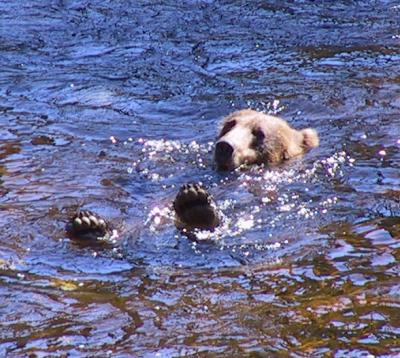
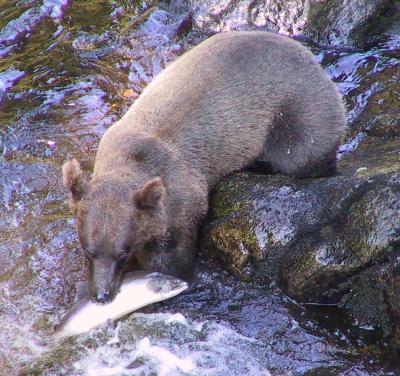
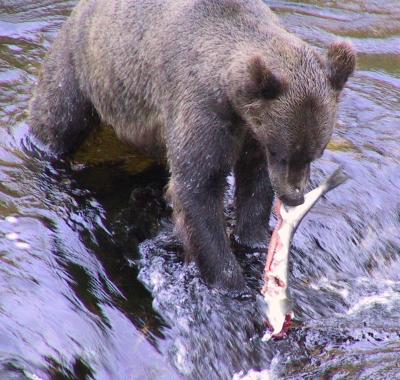
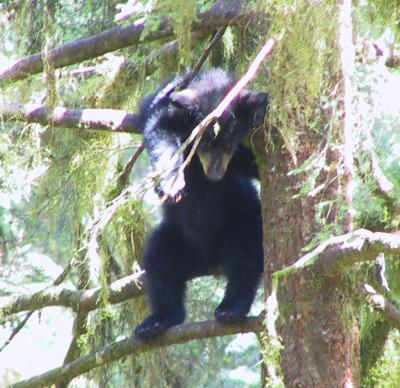
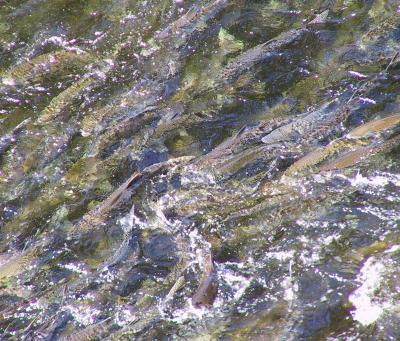
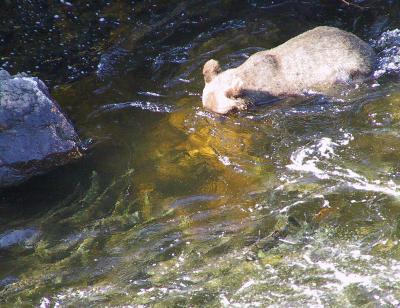
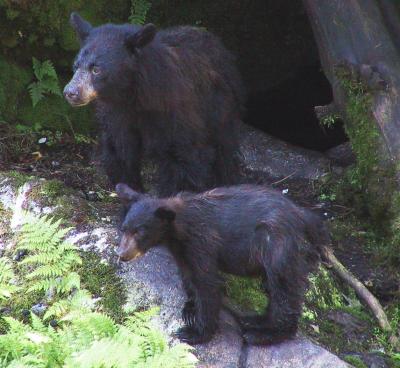
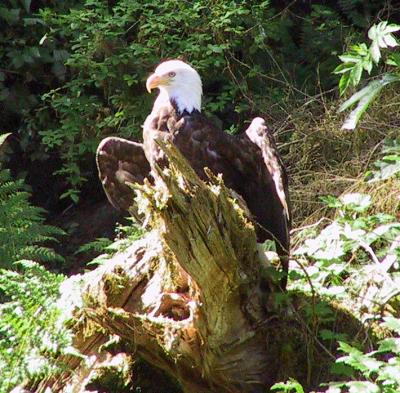


 Share This Page
Share This Page